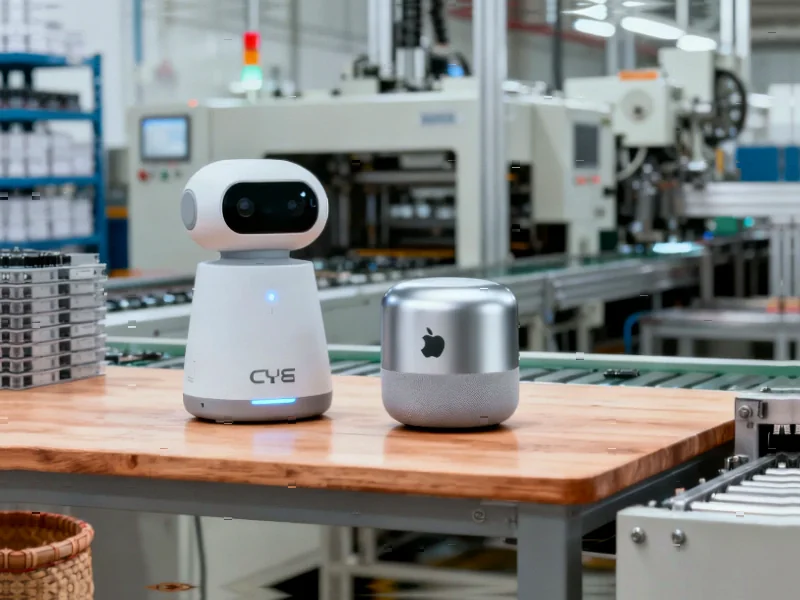According to Manufacturing.net, United States Steel just detailed its $11 billion multiyear growth plan with new owner Nippon Steel, who finalized their $15 billion partnership just five months ago. The investment timeline runs through 2028 and targets unlocking $2.5 billion in savings from capital investments plus another $500 million from operational efficiencies. The company identified over 200 cost-saving initiatives across all business segments with help from nearly 50 Nippon Steel professionals. CEO Dave Burritt highlighted specific projects including modernizing the Gary Works Hot Strip Mill in Indiana and adding a new slag recycler at Mon Valley Works in Pennsylvania. The plan claims it will “protect and create more than 100,000 jobs nationwide” though no specifics were provided. United Steelworkers president David McCall urged the companies to prioritize the skilled union workforce in their implementation.
Steel Industry Shakeup
This is massive. We’re talking about one of America’s oldest industrial giants getting what amounts to a complete technological and operational overhaul. And the timing? Just five months after Nippon Steel took control. That’s moving at lightning speed for the steel industry.
Here’s the thing – this isn’t just about pouring money into old facilities. They’re specifically targeting “higher value, lower emission steel.” That’s the future right there. Basically, they’re trying to leapfrog from 20th century steelmaking to 21st century advanced materials manufacturing in one go. The $3 billion in targeted savings? That’s the kind of number that gets investors excited, but the real question is whether they can actually deliver.
Competitive Landscape
This puts serious pressure on other domestic steel producers like Cleveland-Cliffs and Nucor. When your competitor suddenly gets an $11 billion war chest and access to Japanese steel technology? That changes the game completely.
And let’s talk about that “golden share” provision giving the federal government a board seat. That’s unusual for a foreign acquisition. It suggests this deal was always about more than just business – it’s about maintaining U.S. industrial capacity and jobs. The government basically ensured they’d have a say in how this American icon evolves under foreign ownership.
The union seems cautiously optimistic too. McCall’s statement reads like someone who’s seen promises before but recognizes this could be different. Protecting 100,000 jobs? That’s a huge political and economic commitment. But without specifics, it’s hard to know if that’s real or just good PR.
What’s Next
Watch the Gary Works modernization closely. That’s one of their flagship facilities, and how that transformation goes will tell us everything about whether this $11 billion plan is working. If they can actually produce higher-grade steel with lower emissions while cutting costs? That’s the holy grail.
The real test will be whether this investment makes U.S. Steel competitive globally, not just domestically. Nippon didn’t spend $15 billion to play small ball – they’re clearly thinking about taking on Chinese and European steel giants. This could be the beginning of a major reshuffling in the global steel industry.
So is this the steel industry’s equivalent of catching a wave? Or just throwing good money after bad? We’ll know by how those 200+ initiatives actually play out on the factory floor. But one thing’s clear – American steel just got very, very interesting again.




